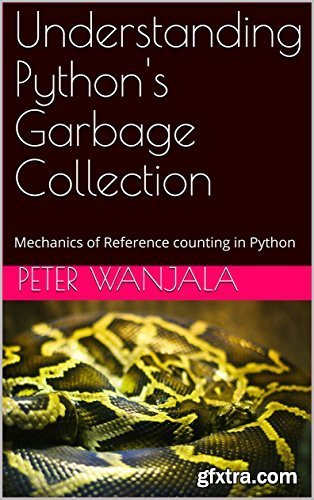
English | March 20, 2018 | ASIN: B07BMDD7MP | 156 pages | AZW3 | 0.97 MB
Python language has come a long way ever since it was conceived in the 1990s. Today, Python is a first-class enterprise language that can build anything from Raspberry Pi apps to complex configuration servers and large scale applications.
The rise of Python has come about as a result of a conglomeration of technologies and new architectural approaches such as advancements in Machine Learning (ML) and Artificial Intelligence (AI), and microservices and containers. The conglomeration of these technologies has given rise to Python 3 that allows businesses to use it throughout the entire development lifecycle and not just research. Most notable for the fast growth is its multi-purpose nature. Unlike other languages that focus on one niche area, Python can be used in virtually any domain—system operations, scientific modeling, web development and ML. When it comes to large scale software development, there is no language as versatile as Python. But one feature which has often been misunderstood—and yet very important—about Python is Garbage Collection (GC). Garbage Collection plays an integral role in the behavior of Python programs, yet most developers often brush it aside. Besides understanding how Python GC works, Python developers must also understand how the actions they can take in programming such as tuning GC can affect the overall scalability, reliability and run-time performance of apps they are developing. But, how does Python GC work? And more specifically, “How can you develop highly scalable, reliable and faster applications in Python?” This book delves deeper into the latest Python Garbage Collector to provide you with a big picture view of how garbage collection is handled in Python, different algorithms used in modern commercial systems and how you can maximize the performance of Python applications. The book has been organized into 7 chapters as follows: •Chapter 1 explores the basics of Python including how to install on major platforms and get you started; •Chapter 2 delves deeper to explore garbage collection mechanisms in different languages; •Chapter 3 introduces Python and its garbage collection algorithms; •Chapter 4 compares garbage collection in Python and other languages; •Chapter 5 explores the process of profiling Python applications; •Chapter 6 provides an overview of how you can optimize large scale Python applications; and •Chapter 7 provides future insights about Python and garbage collection. Ultimately, the book reviews the Python’s garbage collection system to help you understand the trade-offs involved in balancing requirements for throughput, responsiveness, space, and the available memory across different scale levels. Welcome.
TO MAC USERS: If RAR password doesn't work, use this archive program:
RAR Expander 0.8.5 Beta 4 and extract password protected files without error.
TO WIN USERS: If RAR password doesn't work, use this archive program:
Latest Winrar and extract password protected files without error.


